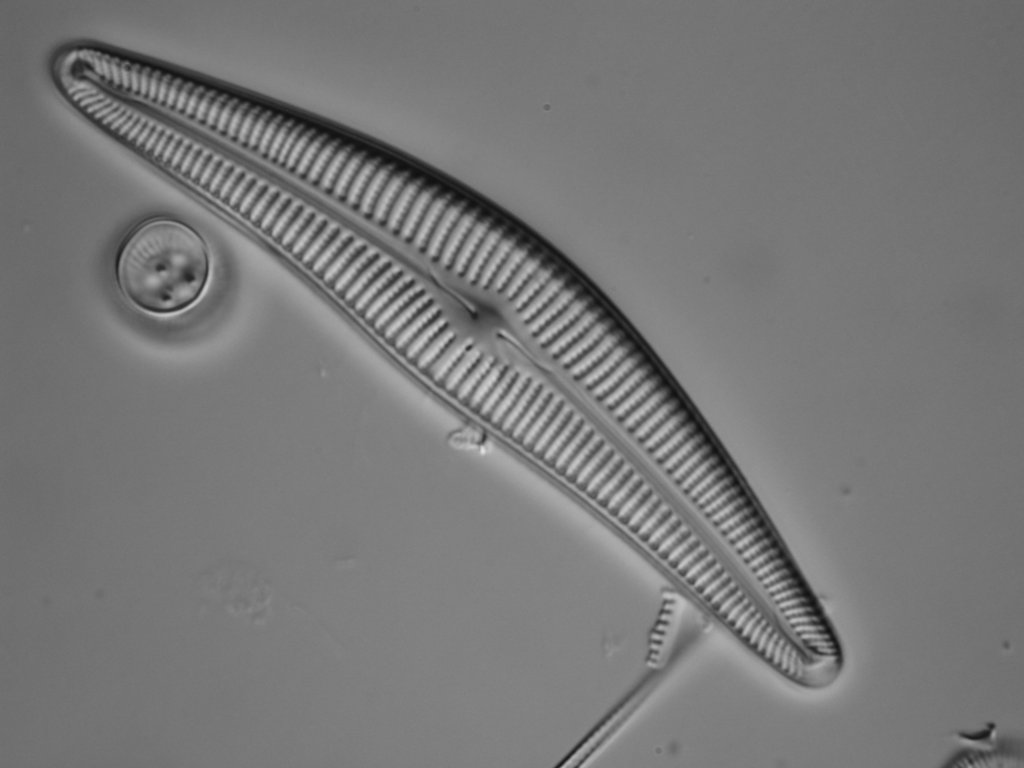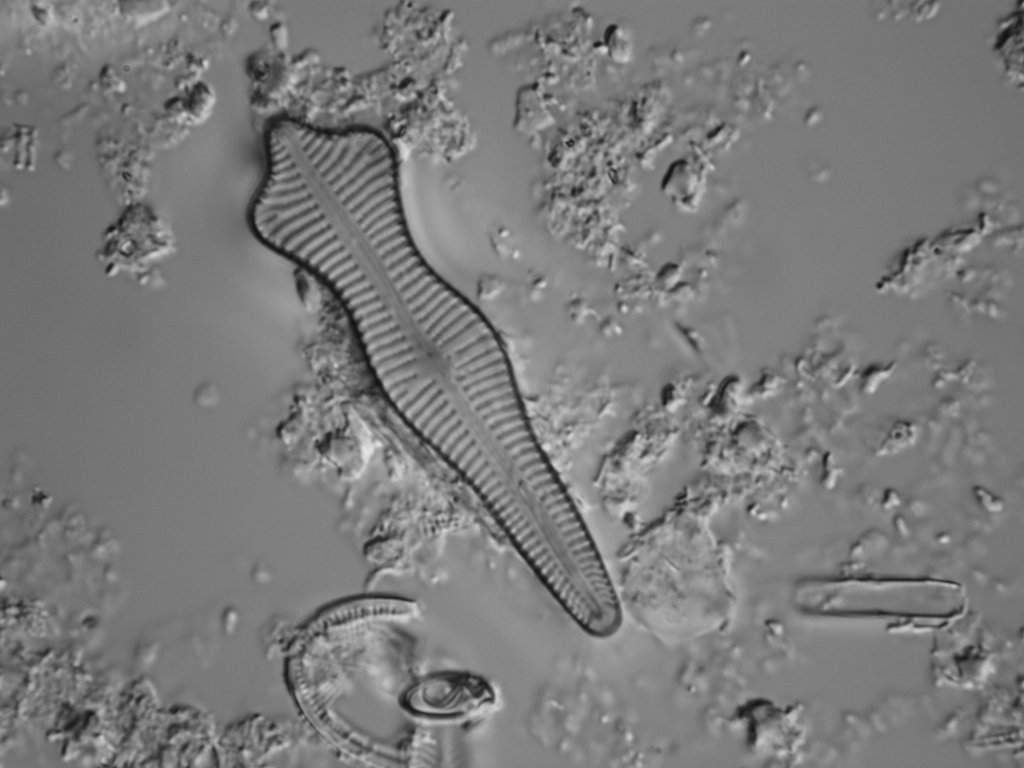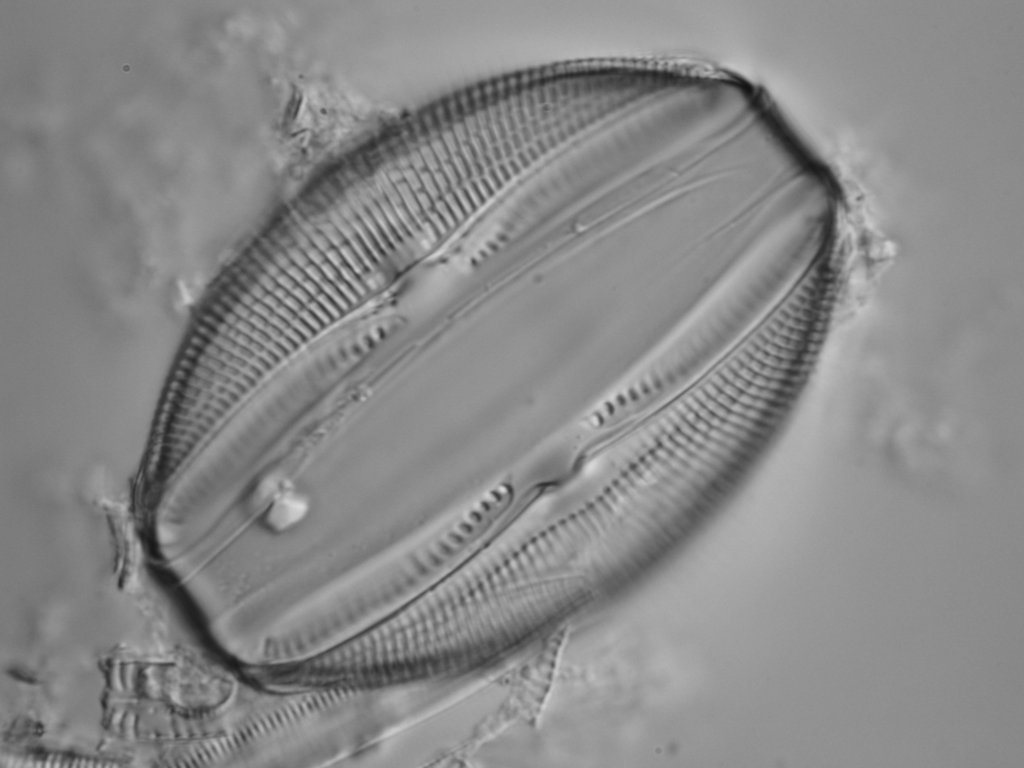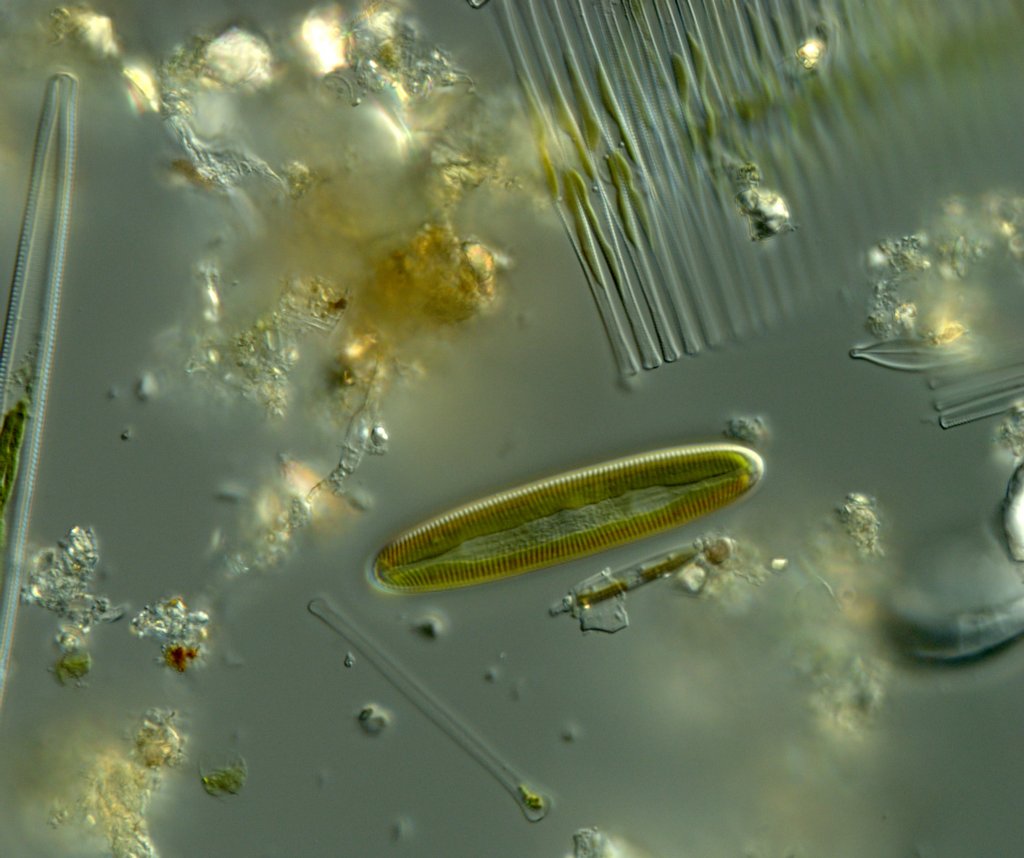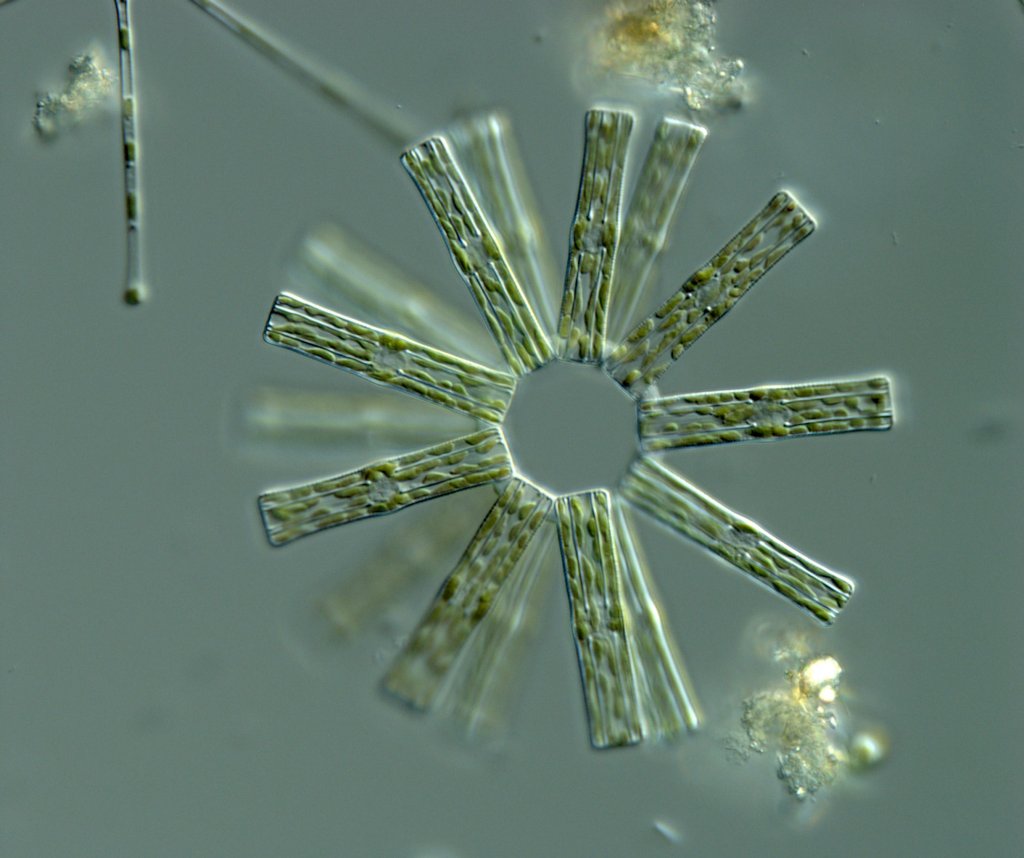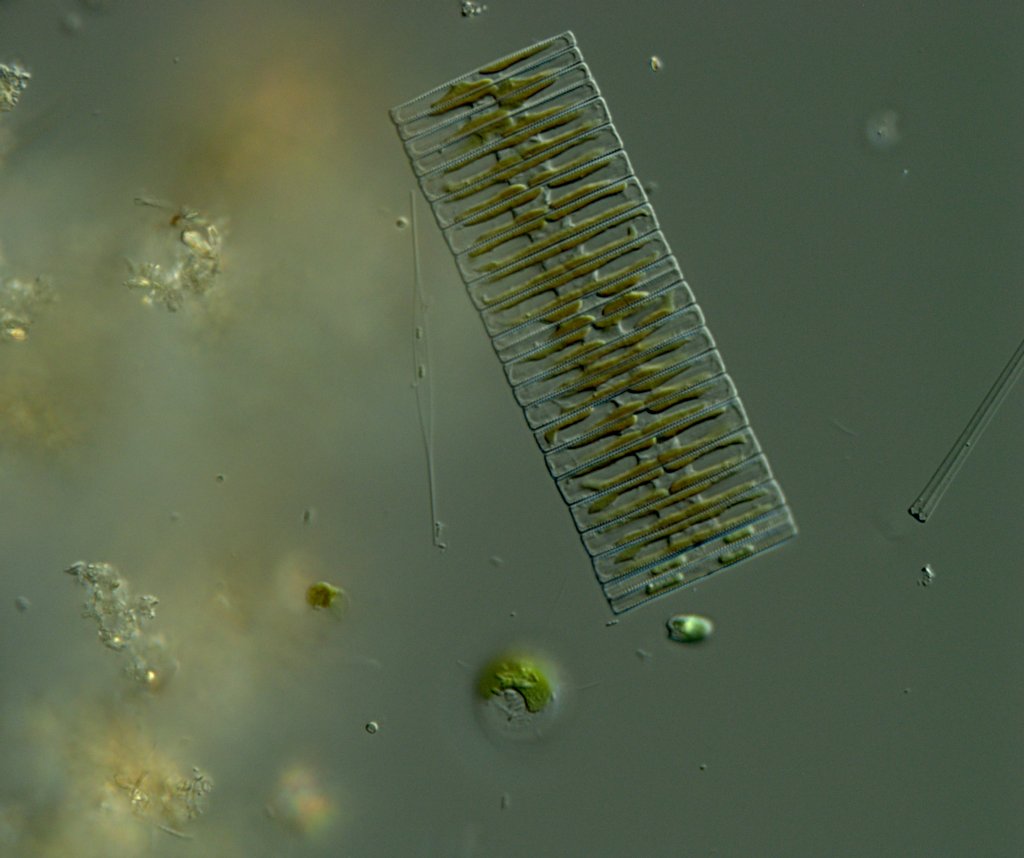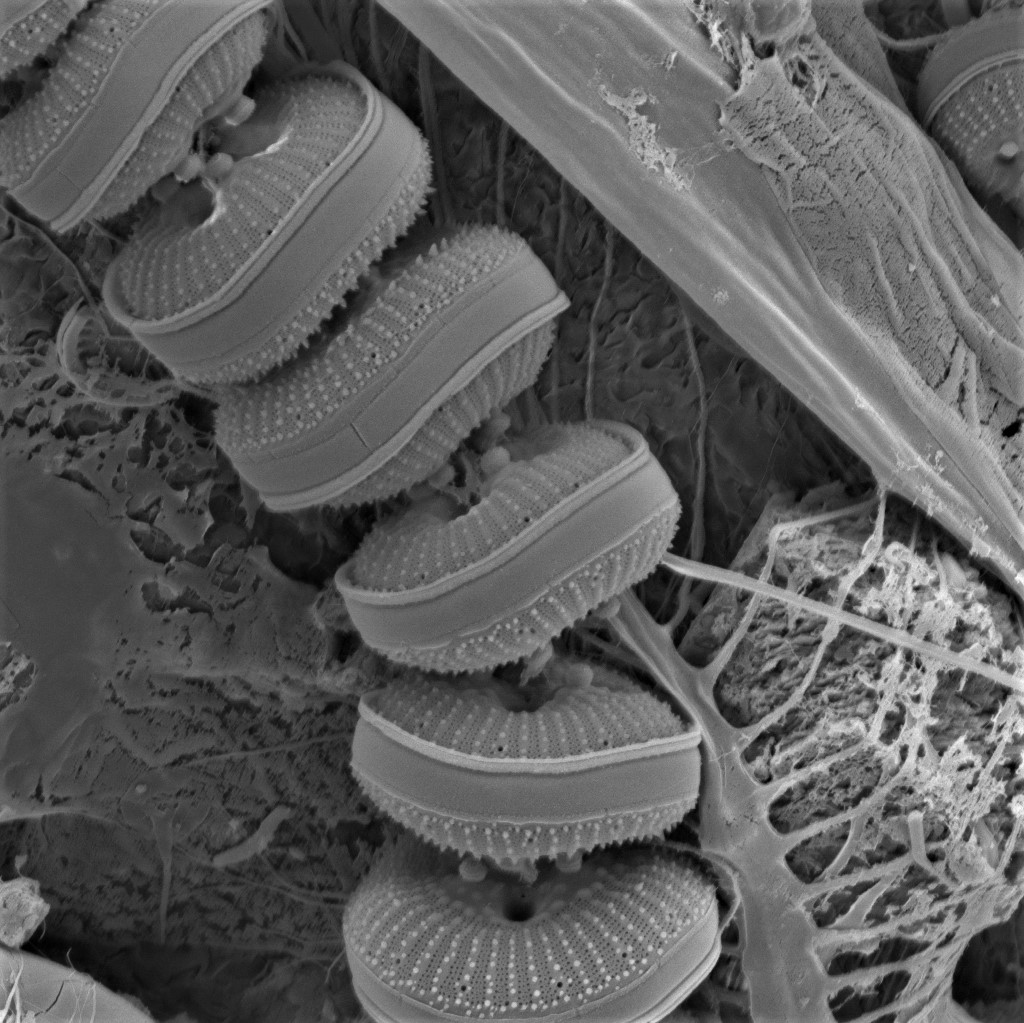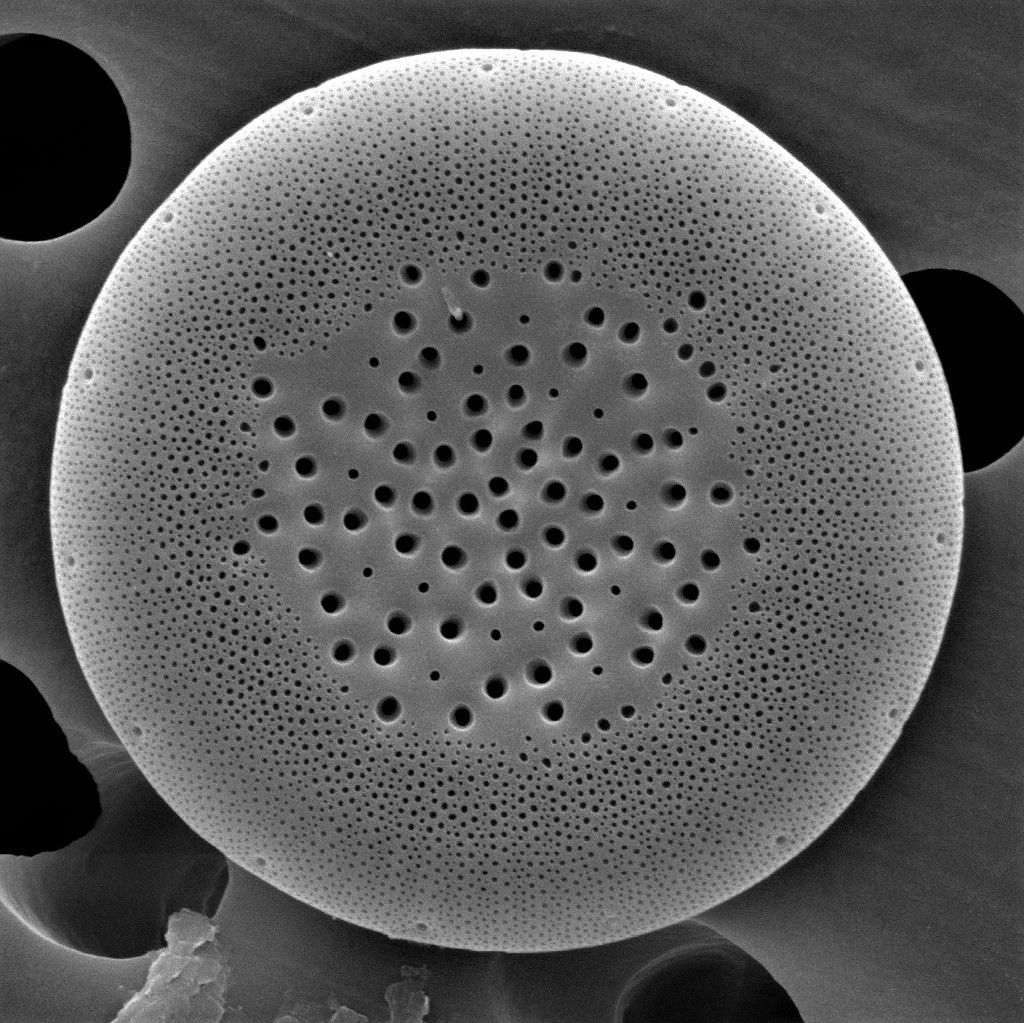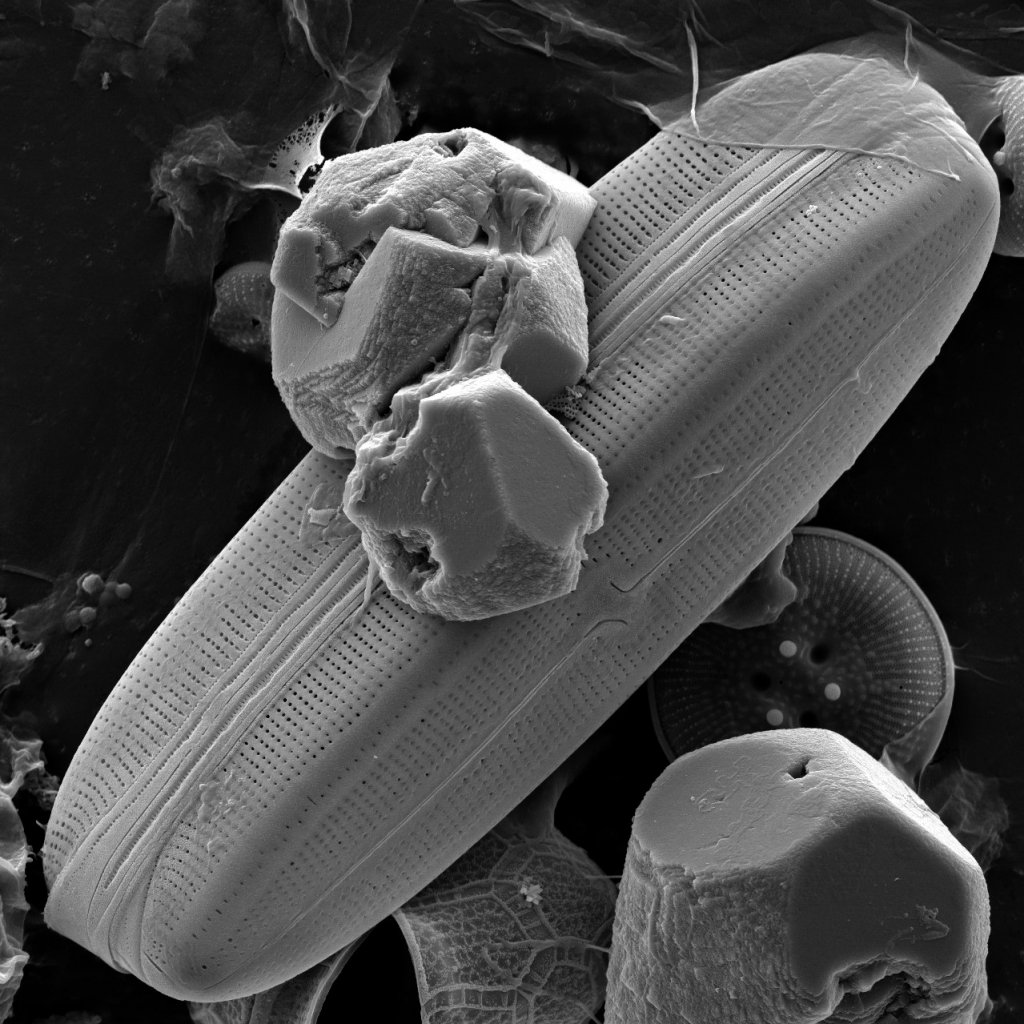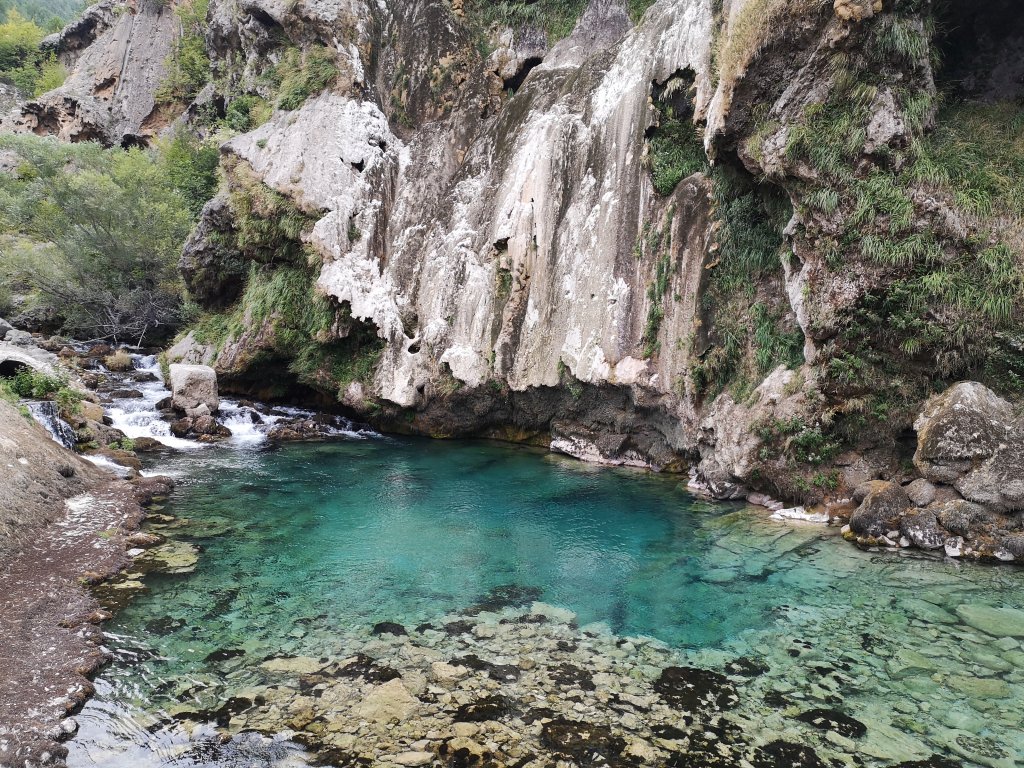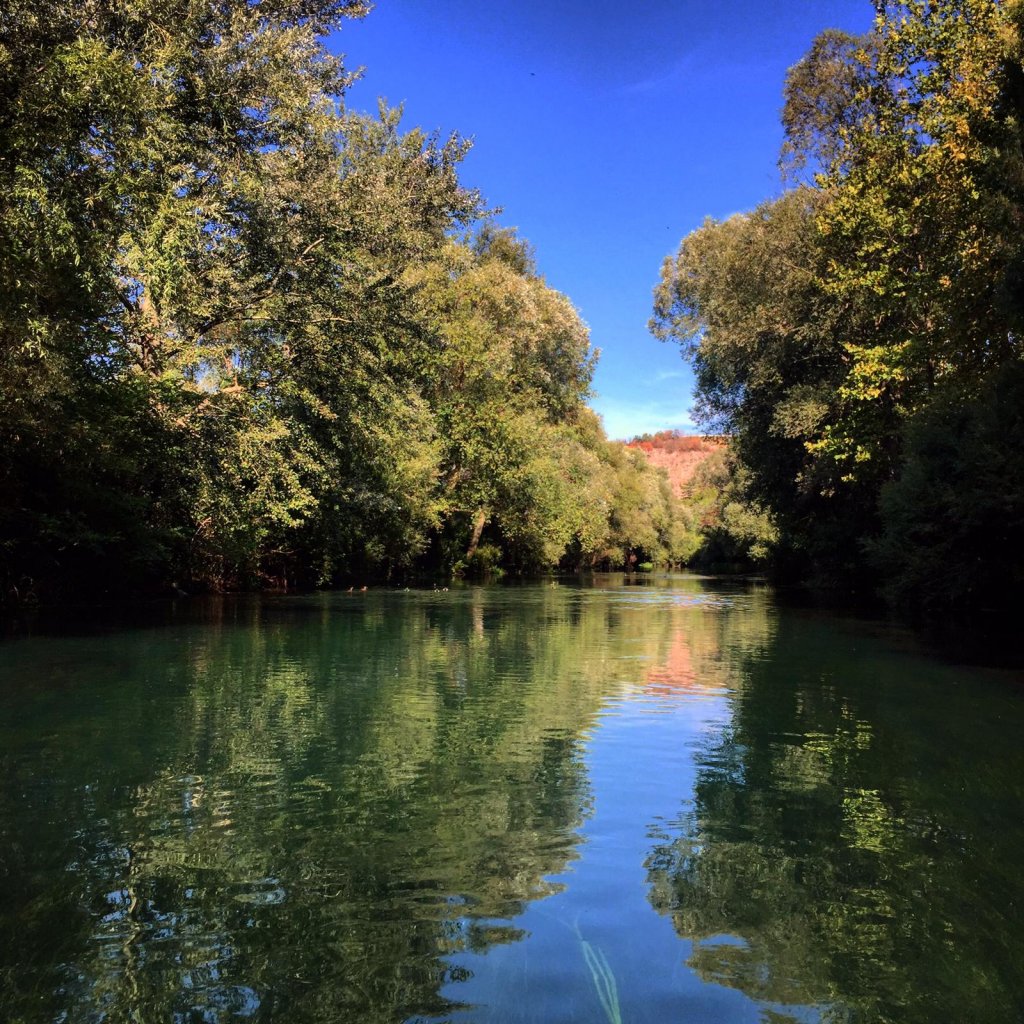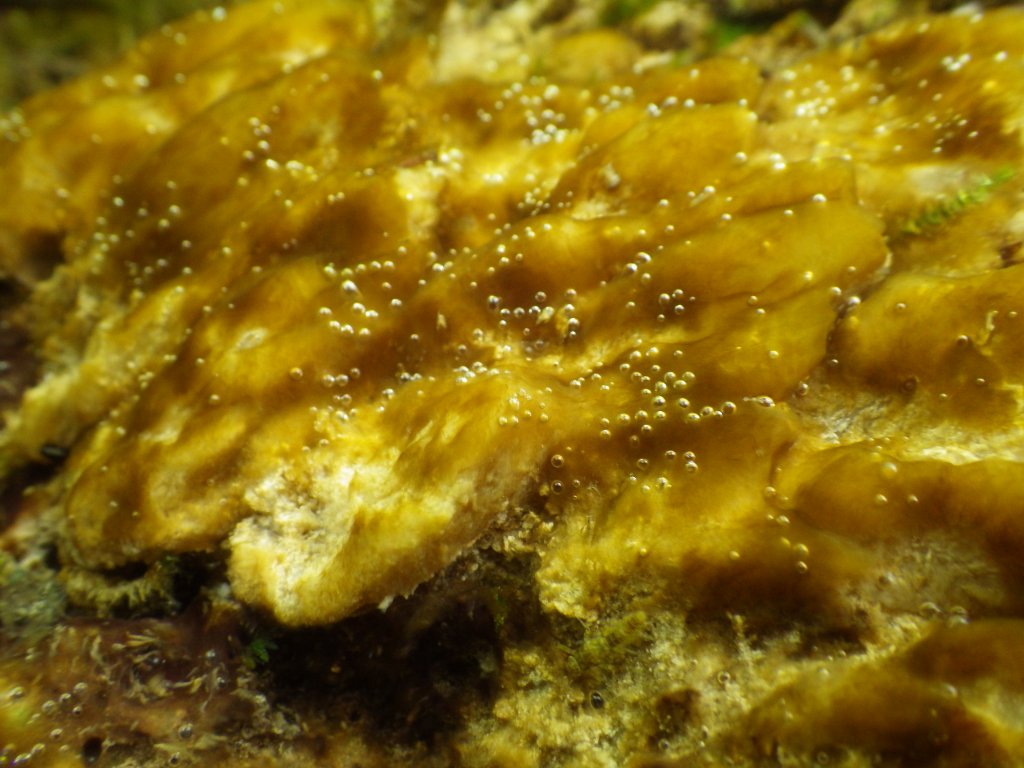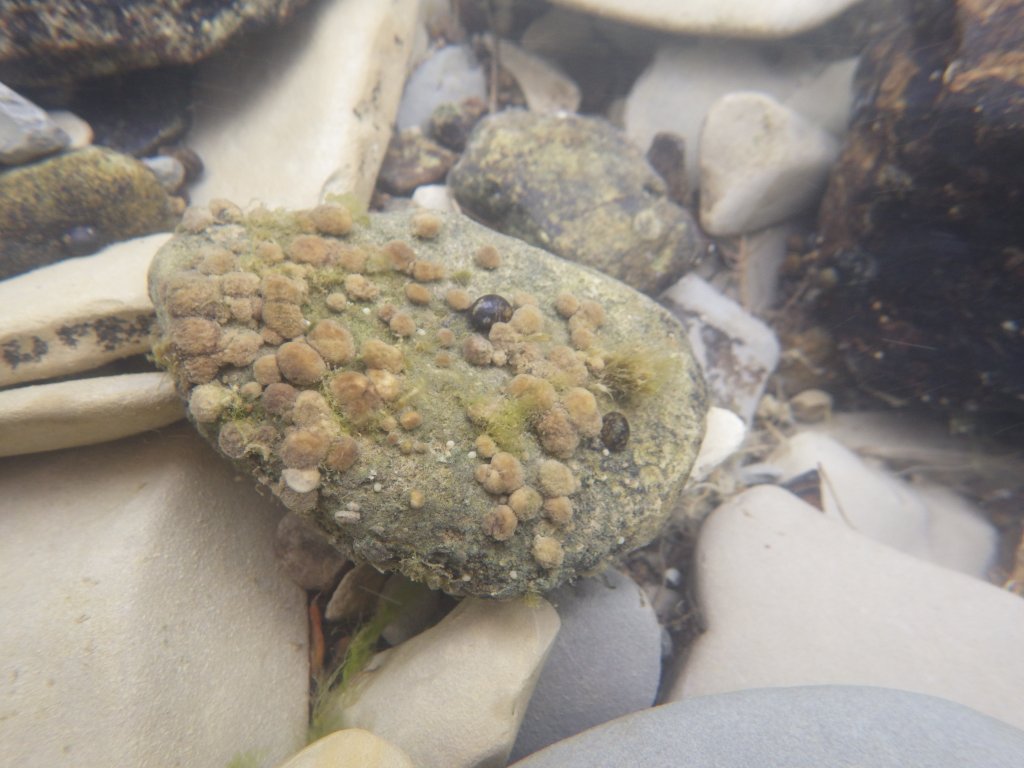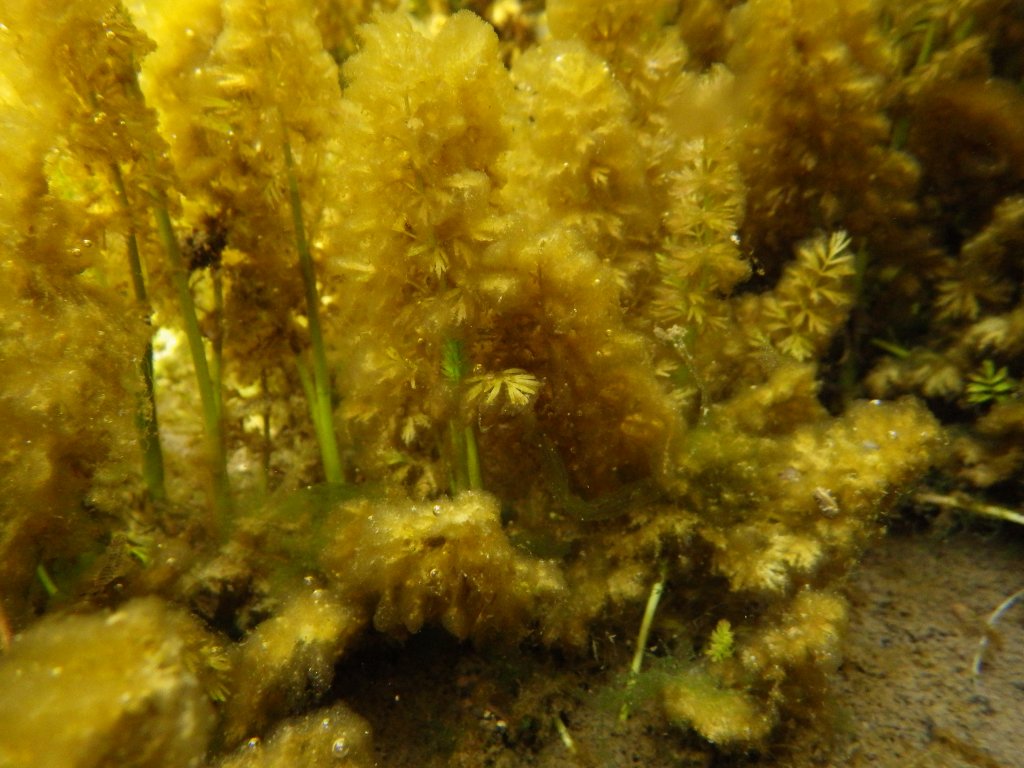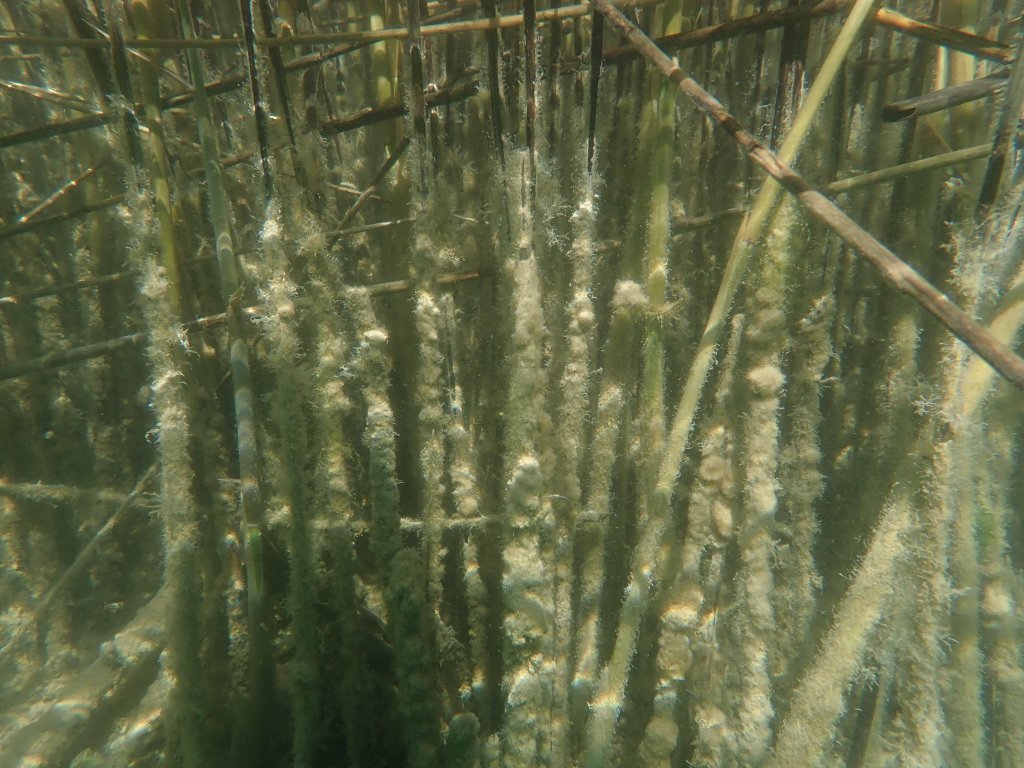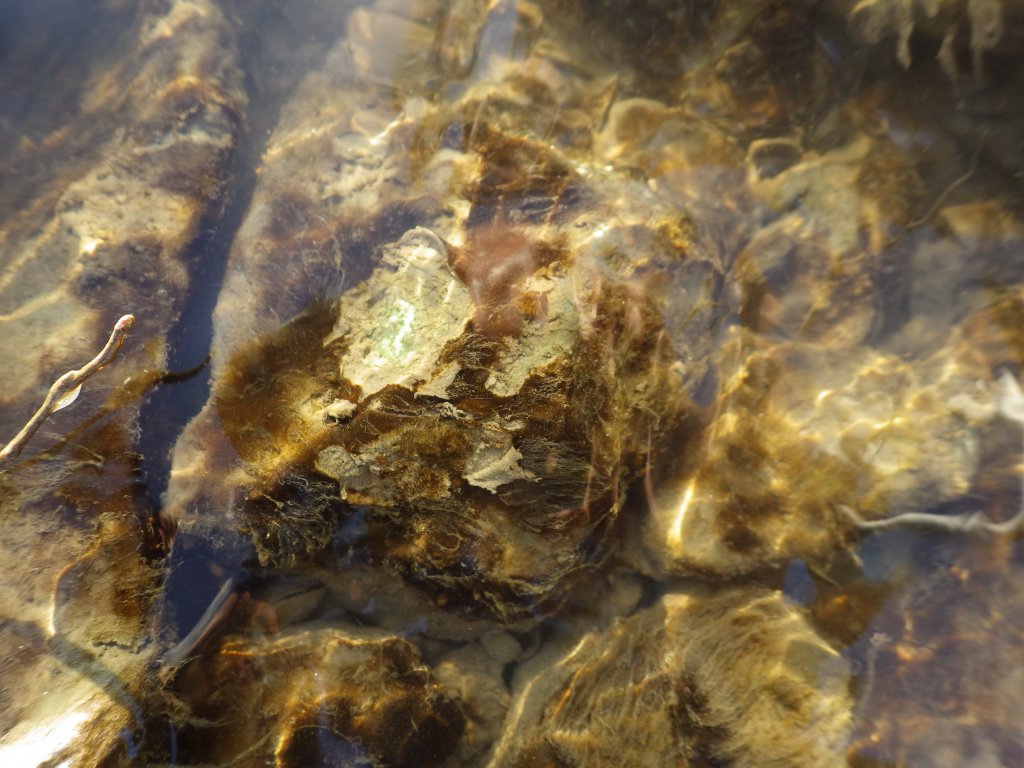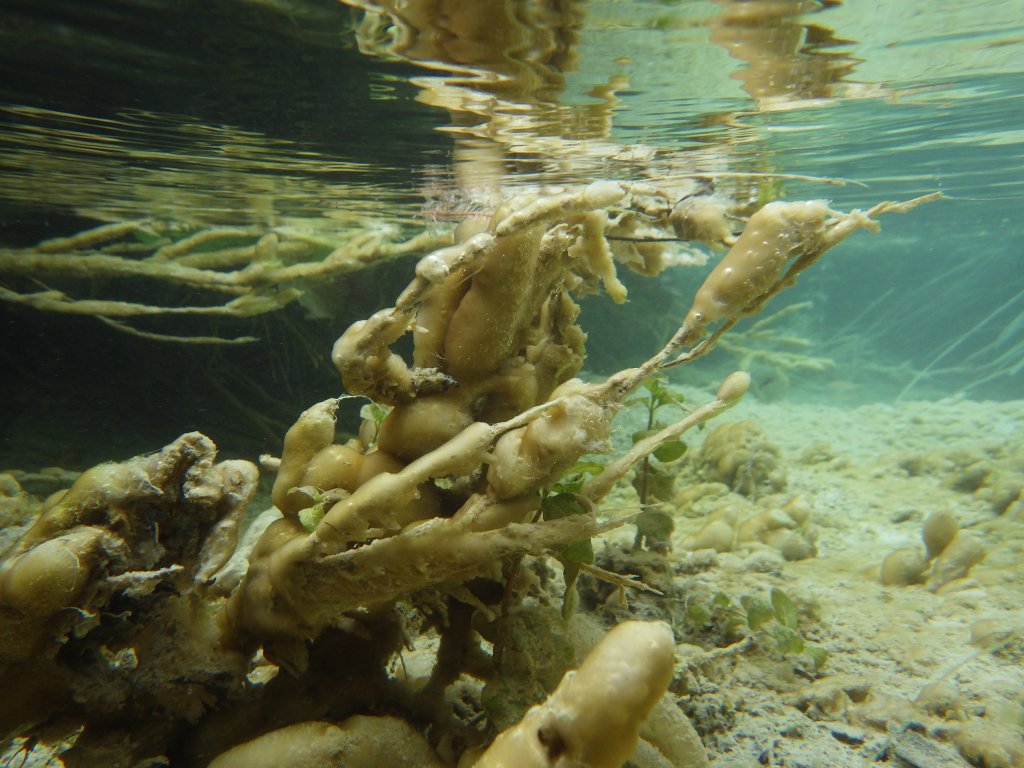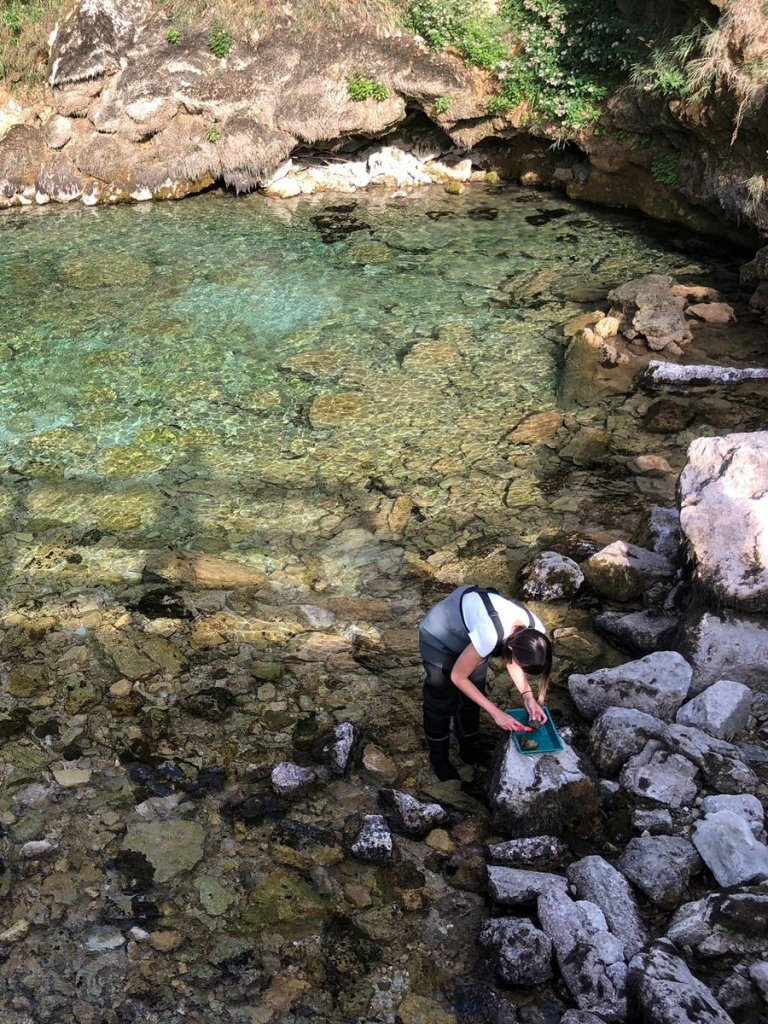Diatoms
Diatoms are unicellular, photosynthetic, eukaryotic organisms which have been classified as a group of algae.
Morphology of Diatoms
Each diatom cell is enclosed in a silica case (called the frustule) which have distinctive shapes and ornamentations. The frustule is composed of several parts, namely two valves (the two can be almost identical or completely different, varying in shape and ornamentation), which are separated by a series of silica hoops, referred to as the girdle bands. The various ornamentations found on the silica frustule, in particular the valves, are often species-specific and can thus provide important information for their identification and classification.
Habitat
Diatoms inhabit almost all bodies of water. They are found in springs, rivers, ponds, lakes, ditches, in freshwater, brackish and marine waters. They occur in terrestrial habitats such as wet rocks, mosses and soils, even caves. They are either planktonic (living in the open water) or benthic (growing associated with or attached to a particular substrate).
How many diatom species are there in the world?
For example, earlier estimations suggested there might be in excess of 200,000 species of diatoms (extant and fossil) but more recently a significantly reduced estimate of 20,000 species was suggested. Using modern diatom species concepts, and with the increased use of fine ultrastructural features and molecular analyses for species discrimination, a more realistic total number of species should be approx. 30,000–100,000. It is probably agreed that around 15,000 are currently known and accepted.
Ecology and application of diatoms
Diatoms are widly used as indicators of environmental change in rivers and lakes.

